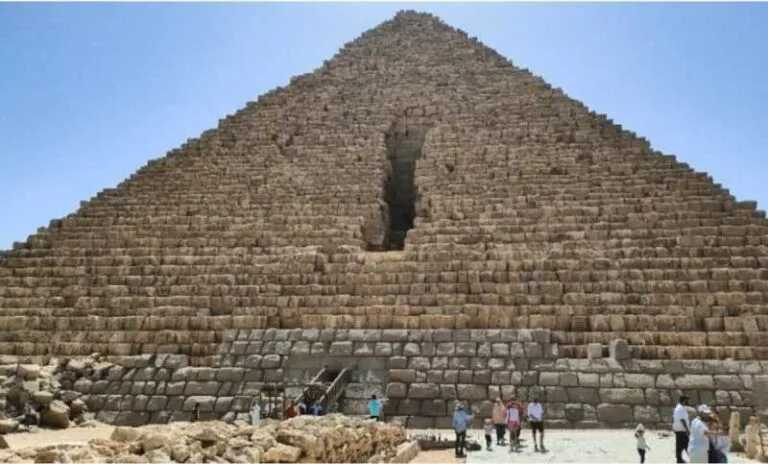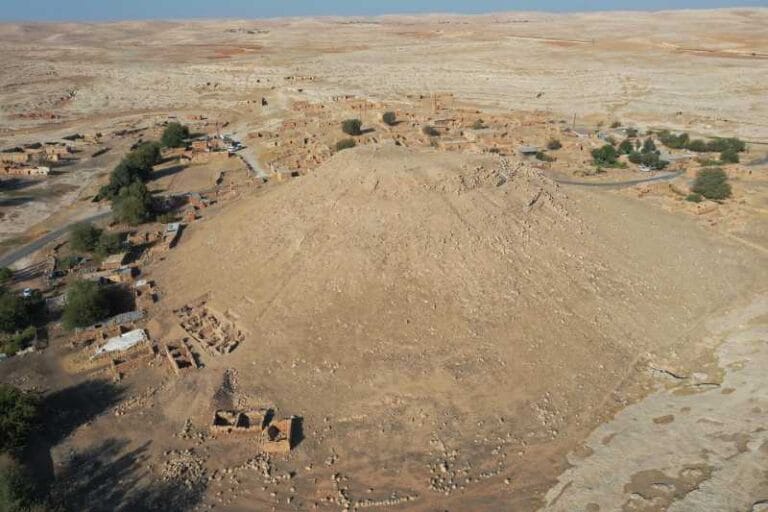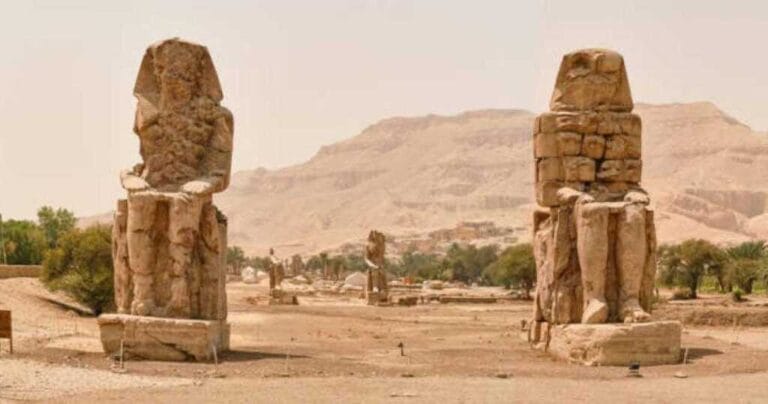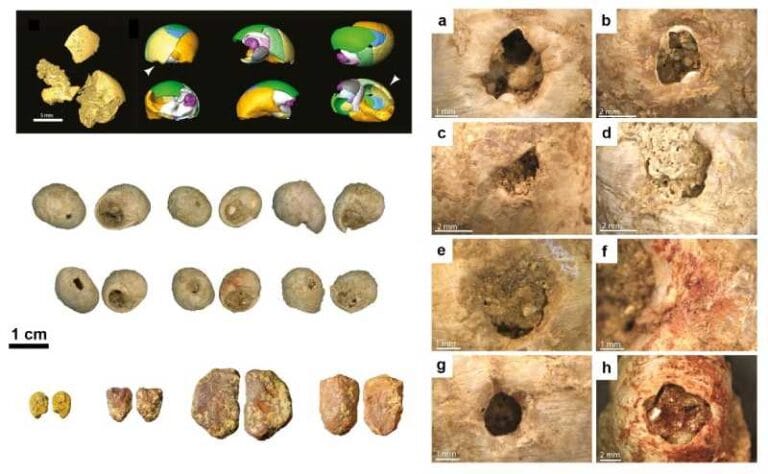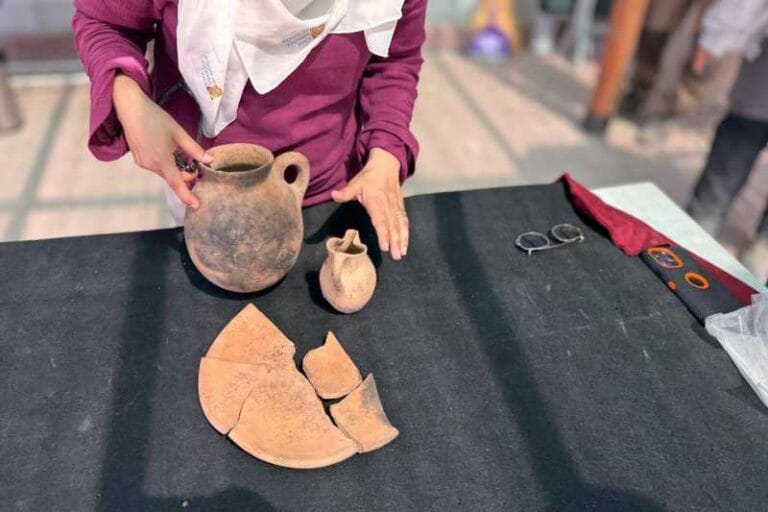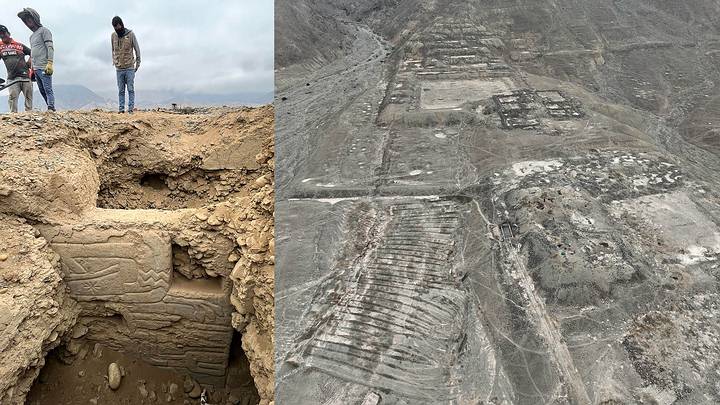Mont’e Prama giants may portray acromegaly
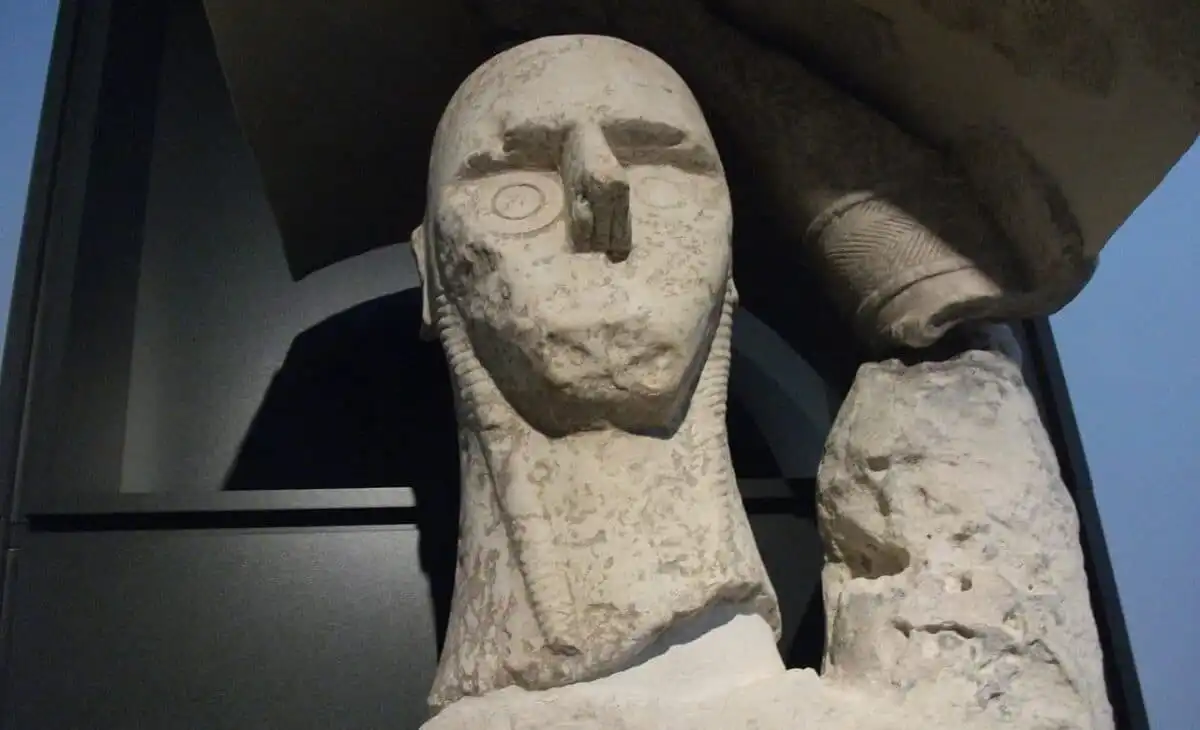
The impressive sculptures of the Giants of Mont’e Prama, discovered in the lands of Sardinia, continue to intrigue archaeologists and historians. These imposing statues, which vary in height from two to two and a half meters, were created by the Nuragic civilization, which inhabited the island between the 18th and 2nd centuries B.C. They represent warriors and archers, figures that are interpreted as guardians or symbols of power and prestige for the dead of the necropolis where they were found, in 1974, in the municipality of Cabras.

With each new excavation, new statues are discovered, increasing the fascination with these enigmatic stone figures. Recently, however, a study published in the Journal of Endocrinological Investigation has brought a new perspective on the origins of the sculptures: the Giants of Mont’e Prama may have been inspired by individuals with acromegaly, a rare condition in adults where the body produces excess growth hormone (GH), leading to abnormal growth of bones and tissues, mainly in the extremities, face and internal organs.
The main initial symptom is growth of the hands and feet, but growth of the forehead, jaw and nose can also occur.
The statues have features such as prominent cheekbones, mandibular prognathism, large noses and muscular limbs, aspects that coincide with the symptoms of acromegaly. This condition, known to cause the enlargement of certain aspects of the human body, could have been the basis for the stylization of these giant beings, representing power and authority in Nuragic society. However, archaeologists still haven’t ruled out the possibility that the figures symbolize the warriors or leaders of the community, who died and were revered in their tombs.

The necropolis of Cabras, where the statues were located, is rich in cylindrical tombs covered in stone slabs. These tombs, which house the remains of young people, possibly members of the elite, indicate a society of high status and great organization. Although many suggest that the sculptures functioned as guardians of the graves, other hypotheses point to a possible undiscovered temple or even an artistic representation of a significant event in the island’s history.
Recent studies indicate that the tombs and sculptures date back to the end of the 9th century and the first half of the 8th century BC, during the Iron Age. However, there are still uncertainties about the events that led to the destruction of the necropolis: was it an internal conflict between the Nuragic communities, a Phoenician attack or a Carthaginian action? The lack of definitive answers keeps the enigma open.
As new studies advance, collaboration between archaeologists, anthropologists and endocrinologists promises to unravel the mysteries of the Giants of Mont’e Prama, one of the most fascinating discoveries in Mediterranean archaeology. The future of interdisciplinary studies could reveal more about the origins, culture and beliefs of the ancient Nuragics, as well as shedding light on one of the most mysterious figures in ancient art.
More information: Marino Picciola, V., Ambrosio, M.R. & Zatelli, M.C. The mystery of Mont’e Prama: sculptures, acromegaly and Nuragic society. J Endocrinol Invest (2025). doi.org/10.1007/s40618-025-02605-5
Source: La Brújula Verde

